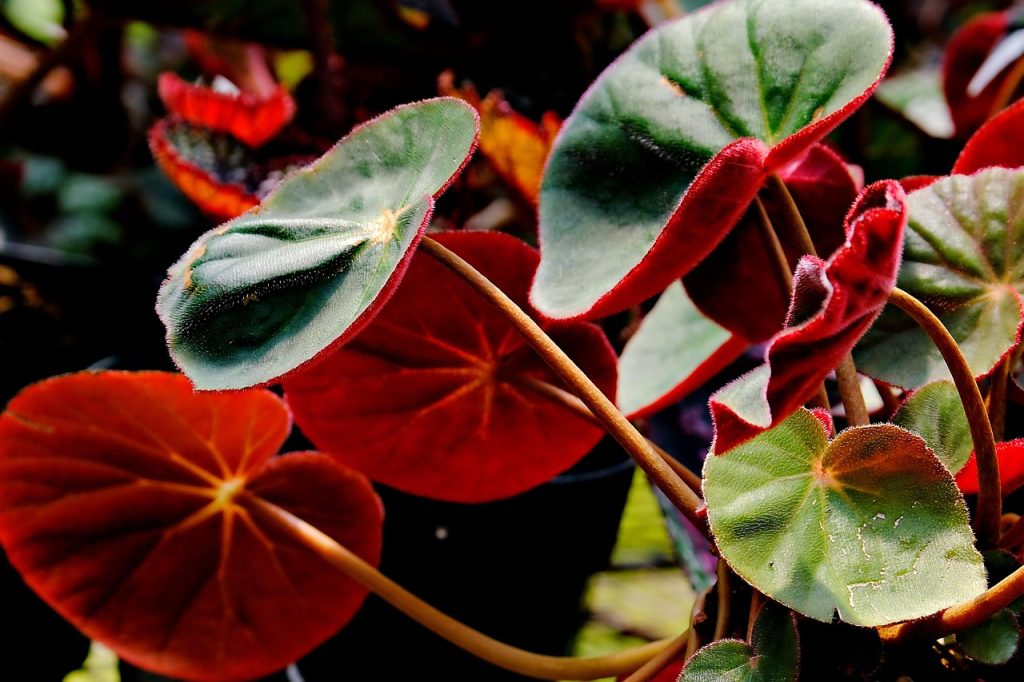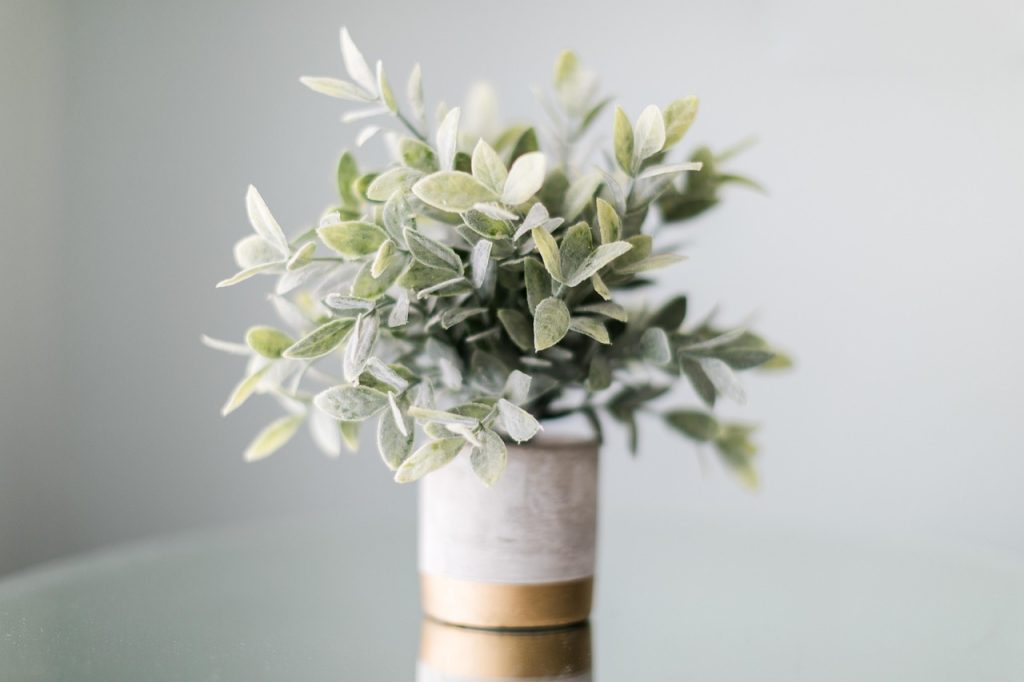Indoor plants have surged in popularity over recent years, becoming a staple in homes, offices, and even urban spaces. Not only do they enhance aesthetics, but they also offer numerous health and environmental benefits. This comprehensive guide will explore everything you need to know about choosing, caring for, and reaping the benefits of indoor plants.
Why Indoor Plants? The Benefits Explained
Indoor plants are more than just decorative elements; they play a vital role in enhancing our living spaces. Here’s why you should consider integrating them into your home or office:

Improving Air Quality
Plants act as natural air purifiers. They absorb toxins such as formaldehyde, benzene, and trichloroethylene, which are common in indoor environments. According to NASA’s Clean Air Study, certain plants are particularly effective at cleaning the air.
- Spider Plant: Known for removing pollutants such as carbon monoxide.
- Peace Lily: Reduces levels of mold spores and is effective against alcohol and acetone vapors.
Enhancing Mood and Productivity
Studies have shown that indoor plants can improve mood, increase productivity, and reduce stress levels. This is particularly beneficial in workspaces where plants can decrease fatigue and enhance creativity.
Boosting Humidity
Indoor plants release moisture into the air, increasing humidity levels. This can help ease respiratory problems, reduce the incidence of dry skin, and even lower the occurrence of colds.
Choosing the Right Indoor Plants
Selecting the right plants for your indoor environment involves considering factors such as light levels, space, and maintenance capability.
Light Conditions
Different plants thrive under different lighting conditions. Here’s how to match your space with the right plants:
- Low Light: Perfect for north-facing windows or rooms with little natural light. Consider Snake Plant or ZZ Plant.
- Medium Light: Ideal for spaces that receive indirect sunlight. Try Pothos or Philodendron.
- Bright Light: South-facing windows or rooms with abundant light suit succulents and Fiddle Leaf Fig.
Space Considerations
The size of your plant should complement the space available. For small apartments, opt for compact plants like Aloe Vera or Spider Plant. Larger rooms can accommodate more substantial plants like Rubber Tree or Monstera Deliciosa.

Essential Care Tips for Thriving Indoor Plants
Understanding the basic care requirements is crucial to ensuring your plants thrive. Here are essential care tips:
Watering
Overwatering is a common mistake. Ensure the top inch of soil is dry before watering. Use pots with drainage holes to prevent water logging. Different plants have varied watering needs, with succulents requiring less frequent watering than tropical plants.
Soil and Potting
Select the right soil type to match your plant’s needs. Cacti and succulents prefer well-draining soil, while ferns thrive in rich, organic matter. Repot plants every 1-2 years to refresh soil nutrients and provide room for growth.
Fertilizing
Indoor plants benefit from regular feeding during their growing season, typically spring and summer. Use a balanced, water-soluble fertilizer every four to six weeks. Over-fertilizing can harm plants, so always follow package instructions.
Pruning and Cleaning
Regular pruning helps maintain plant shape and remove dead or diseased foliage. Clean leaves periodically to remove dust, which can inhibit photosynthesis. Use a damp cloth or gently rinse under lukewarm water.
Common Indoor Plant Problems and Solutions
Even the most well-cared-for plants can face issues. Here are some common problems and their solutions:
Yellowing Leaves
Yellow leaves can indicate overwatering, poor drainage, or nutrient deficiencies. Adjust watering habits and check soil health. Consider a soil test to identify nutrient needs.
Pest Infestations
Indoor plants can attract pests like spider mites and aphids. Regularly inspect plants and isolate affected ones. Use insecticidal soap or neem oil as a natural remedy.
Leaf Drop
Sudden leaf drop can be due to environmental stress such as temperature fluctuations or drafts. Ensure plants are not placed near heat sources or cold windows.
Frequently Asked Questions About Indoor Plants
How often should I water my indoor plants?
Watering frequency depends on the plant type, pot size, and environmental conditions. As a general rule, allow the top inch of soil to dry out before watering again.
Do indoor plants need sunlight?
Yes, all plants require some form of light to grow. However, light requirements vary; some thrive in low-light conditions, while others need bright, indirect sunlight.
Can indoor plants survive in air-conditioned rooms?
Most indoor plants can adapt to air-conditioned environments, but it’s essential to monitor humidity levels and avoid placing plants in direct airflow, which can dry them out.
Conclusion: Embracing the Green
Incorporating indoor plants into your living or working spaces can transform the environment, offering both aesthetic and health benefits. By selecting the right plants and providing proper care, you can enjoy the beauty and serenity that these green companions bring. Whether you’re a seasoned plant enthusiast or a beginner, there’s always something new to learn and explore in the world of indoor gardening.